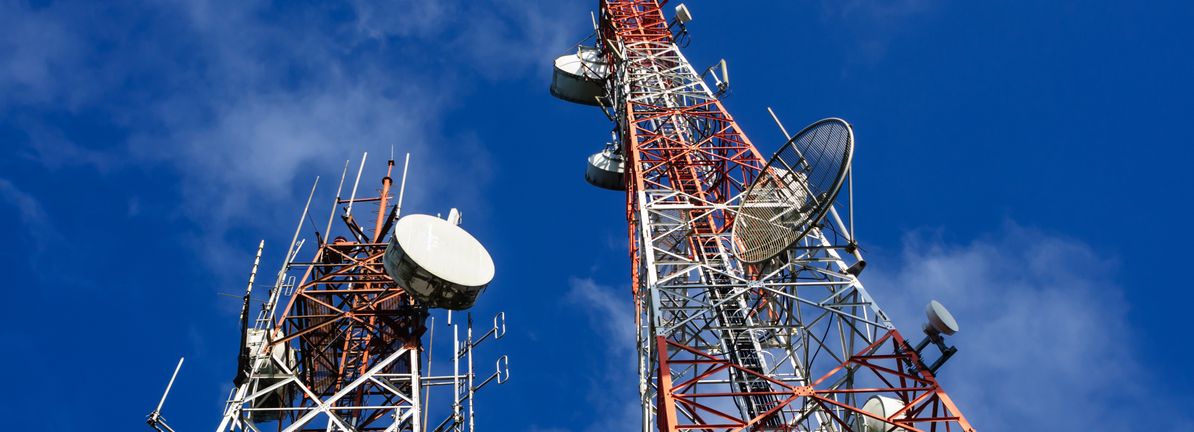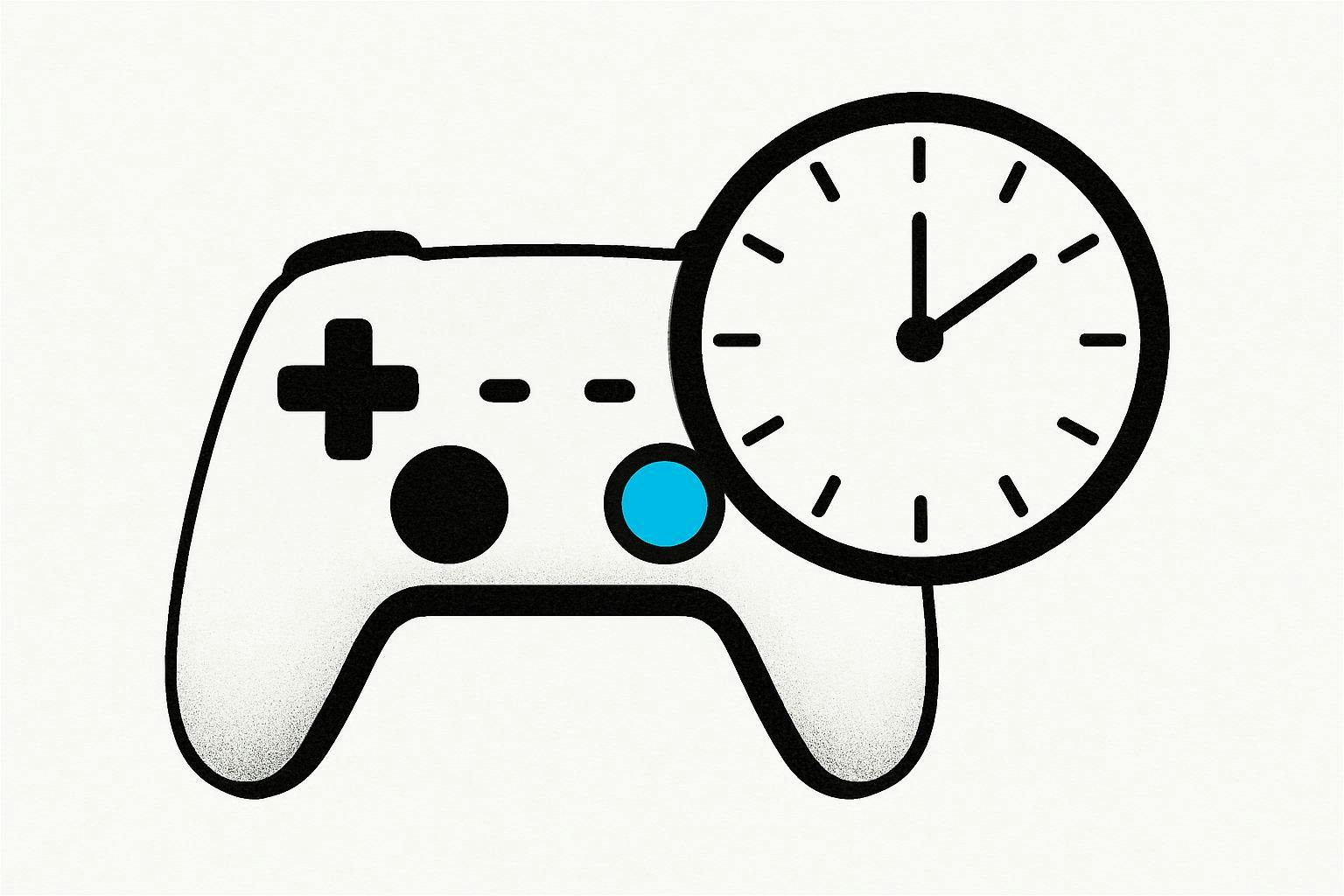You don’t have permission to access “http://cricket.one/match-hub/nz-vs-wi-statistical-preview-key-stats-records-and-head-to-head-ahead-of-3rd-t20i/690edfe439a217ec3c757bd6” on this server.
Reference…
You don’t have permission to access “http://cricket.one/match-hub/nz-vs-wi-statistical-preview-key-stats-records-and-head-to-head-ahead-of-3rd-t20i/690edfe439a217ec3c757bd6” on this server.
Reference…
You don’t have permission to access “http://www.business-standard.com/companies/news/spacetech-startup-ulook-raises-19-crore-from-growx-infoedge-ventures-125110800350_1.html” on this server.
Reference #18.d6632617.1762592247.15d71902
https://errors.edgesuite.net/18.d6632617.1762592247.15d71902

Japan Airlines announced that its consortium, featuring Archer Aviation’s Midnight aircraft, was chosen by Tokyo’s government to participate in phase one of the eVTOL Implementation Project, while Archer simultaneously filed a US$650 million follow-on equity offering for 81,250,000 shares at US$8 per share.
This marks a major international collaboration for Archer, providing both market access in Japan and new funding to accelerate commercial and defense initiatives despite ongoing net losses.
We’ll examine how Archer’s partnership with Japan Airlines to advance Tokyo’s eVTOL program shapes its broader investment narrative.
Trump has pledged to “unleash” American oil and gas and these 22 US stocks have developments that are poised to benefit.
To be a shareholder in Archer Aviation right now is to buy into the vision of urban aerial mobility at scale, powered by global partnerships and steady technology progress despite persistent losses. The recent win with Japan Airlines, which opens up the first phase of Tokyo’s eVTOL Implementation Project, is a big credibility boost. It suggests Archer is capturing coveted international market opportunities that could drive longer-term commercial prospects. At the same time, the US$650 million follow-on equity raise brings fresh cash, potentially helping Archer accelerate critical development and regulatory milestones. Yet, ongoing net losses and repeated equity raises mean dilution remains a clear risk. While the Tokyo project increases Archer’s near-term visibility and helps build the case for future revenue, it does not fundamentally ease the challenge of achieving profitability or commercial scale in a capital-intensive sector.
But investor optimism about future growth might be balanced by the risks of ongoing share dilution. Despite retreating, Archer Aviation’s shares might still be trading above their fair value and there could be some more downside. Discover how much.
Across 51 private valuations in the Simply Wall St Community, Archer’s fair value is estimated anywhere from as low as US$3.23 to above US$32 per share. While this variety shows wide disagreement among investors, the recent US$650 million capital raise underscores how funding needs and potential dilution can influence the outlook even more than market size or new partnerships. Diverse market opinions invite you to dig deeper into what matters most in the Archer story.
Explore 51 other fair value estimates on Archer Aviation – why the stock might be worth over 3x more than the current price!

China Tower (SEHK:788) shares have seen steady movement recently, gaining around 1% in the past month and delivering a 16% return over the past year. For long-term investors, these numbers highlight consistent performance through shifting market cycles.
See our latest analysis for China Tower.
Momentum around China Tower appears to be picking up, with a 1.05% gain in the share price just in the past day and a steady climb driving a robust 1-year total shareholder return of 15.9%. The combination of recent price action and longer-term outperformance suggests that investor sentiment is warming as the company continues to execute on growth opportunities.
If you’re looking to broaden your search beyond the usual names, now is an ideal time to discover fast growing stocks with high insider ownership.
With shares trading at a discount to analyst price targets and double-digit annual net income growth, the question now is whether China Tower is undervalued at current levels or if the market is already factoring in its future expansion.
China Tower’s widely-followed narrative places its fair value significantly above the recent closing price, implying meaningful upside if current assumptions play out. The stage is set for structural change, fueled by sector transformation and new high-margin digital infrastructure.
Growth in 5G deployment and digital transformation is fueling demand for core tower assets and smart infrastructure. This drives stable revenue and creates new high-margin opportunities. Diversification into non-telecom sectors and disciplined cost control are enhancing profitability, supporting cash flow, and lowering risk from customer concentration.
Read the complete narrative.
The real story behind the valuation? The narrative relies on bold earnings expansion, digital transformation, and a future profit margin that few in the sector achieve. Want to see the precise growth forecasts and what makes this price target compelling? Find out how aggressive revenue and margin projections set this narrative apart from others.
Result: Fair Value of $13.45 (UNDERVALUED)
Have a read of the narrative in full and understand what’s behind the forecasts.
However, slowing growth in core tower revenue and uncertain returns from new business lines could challenge bullish expectations for China Tower’s long-term trajectory.
Find out about the key risks to this China Tower narrative.
If you want to form your own perspective, the tools are there. Dive into the data and assemble your own view in just a few minutes. Do it your way

Take-Two shares slipped after pushing GTA VI to late 2025, but analysts see strong sales, higher price tags, and mobile growth paving the way for long-term gains.
What’s going on here?
Take-Two Interactive has postponed Grand Theft Auto VI’s…

BBC iPlayer
Summed up in a sentence A sensational, phenomenal and genuinely mind-boggling conclusion to the TV series of the moment.
What our reviewer said “Above all I shall miss…